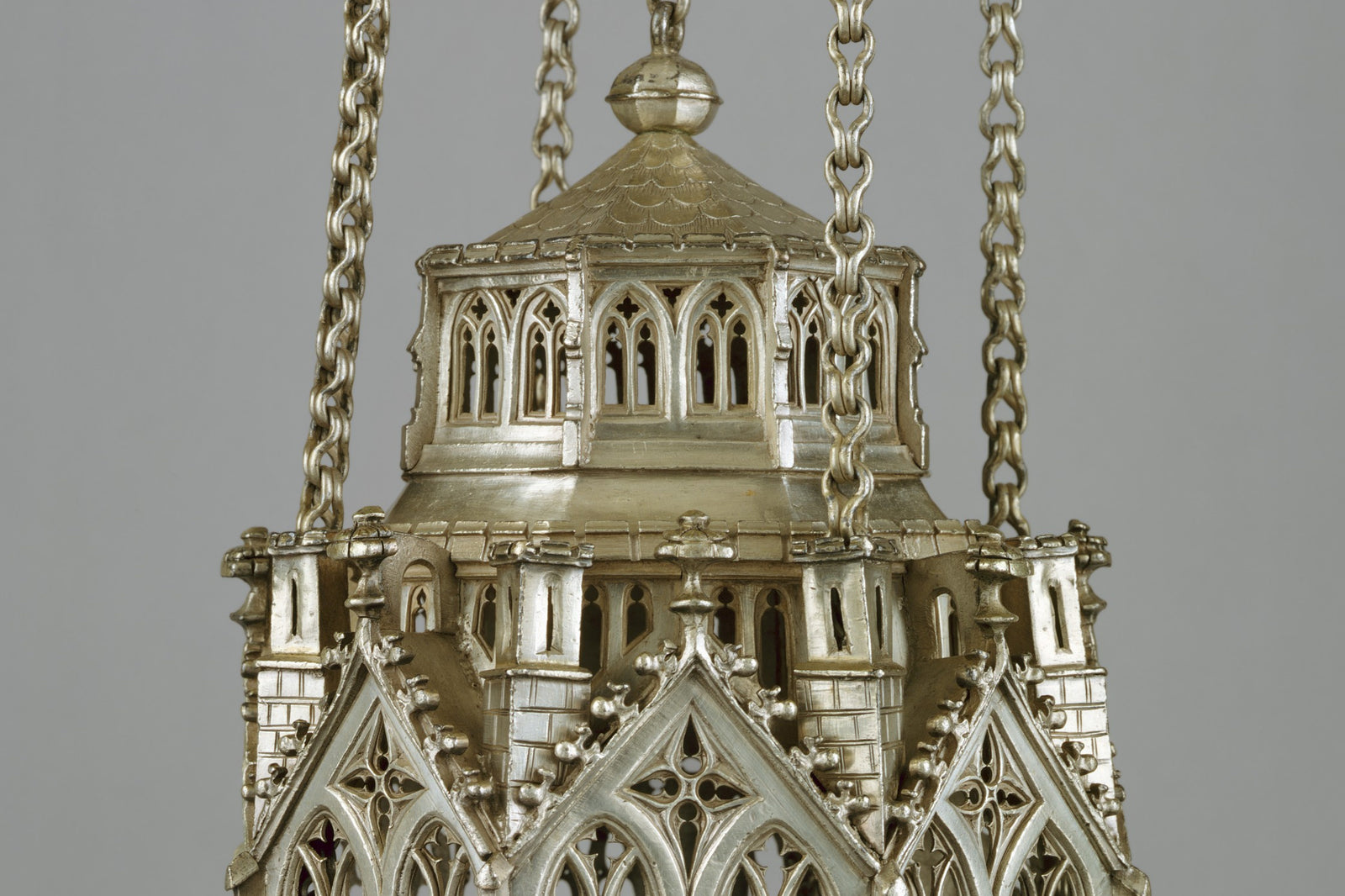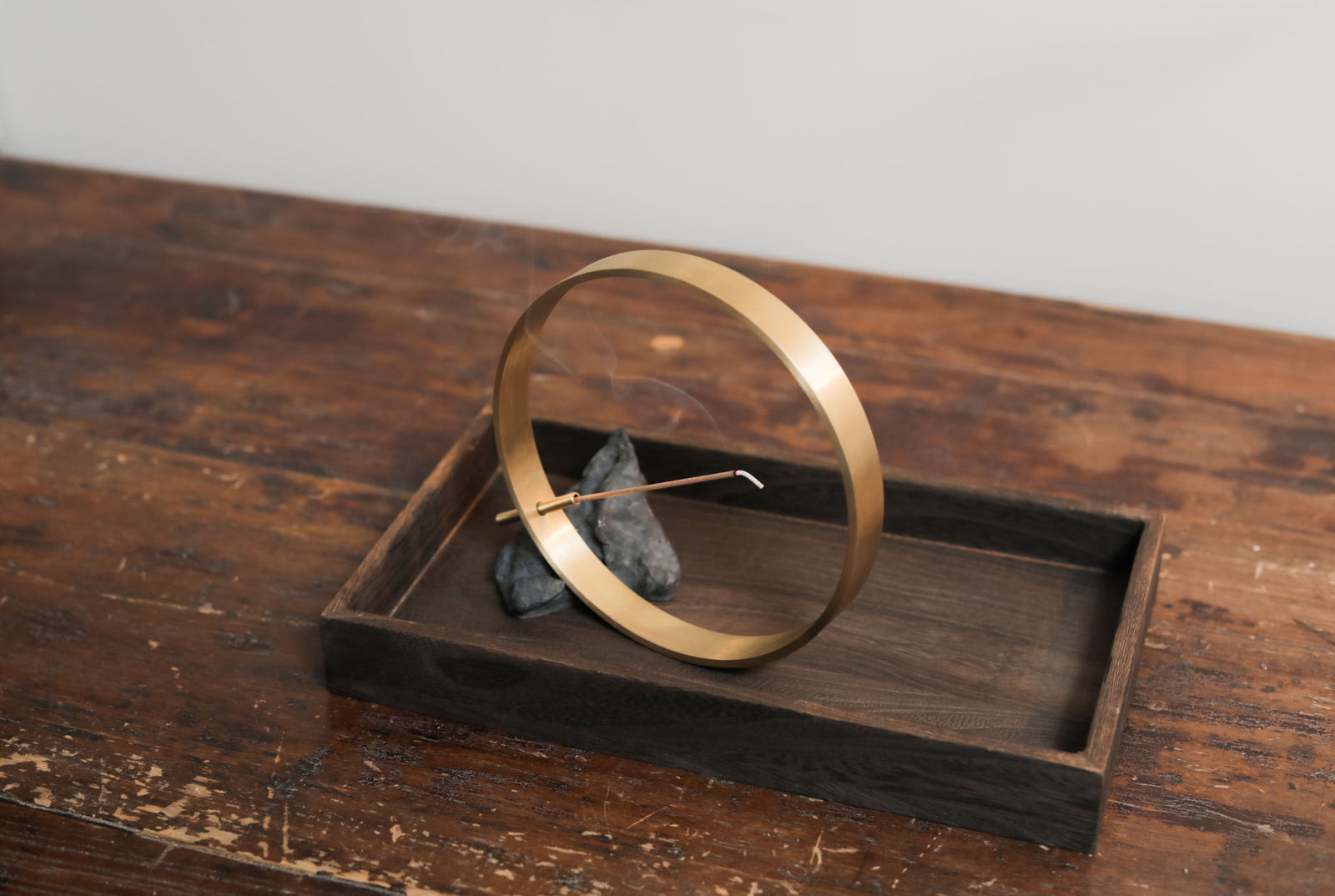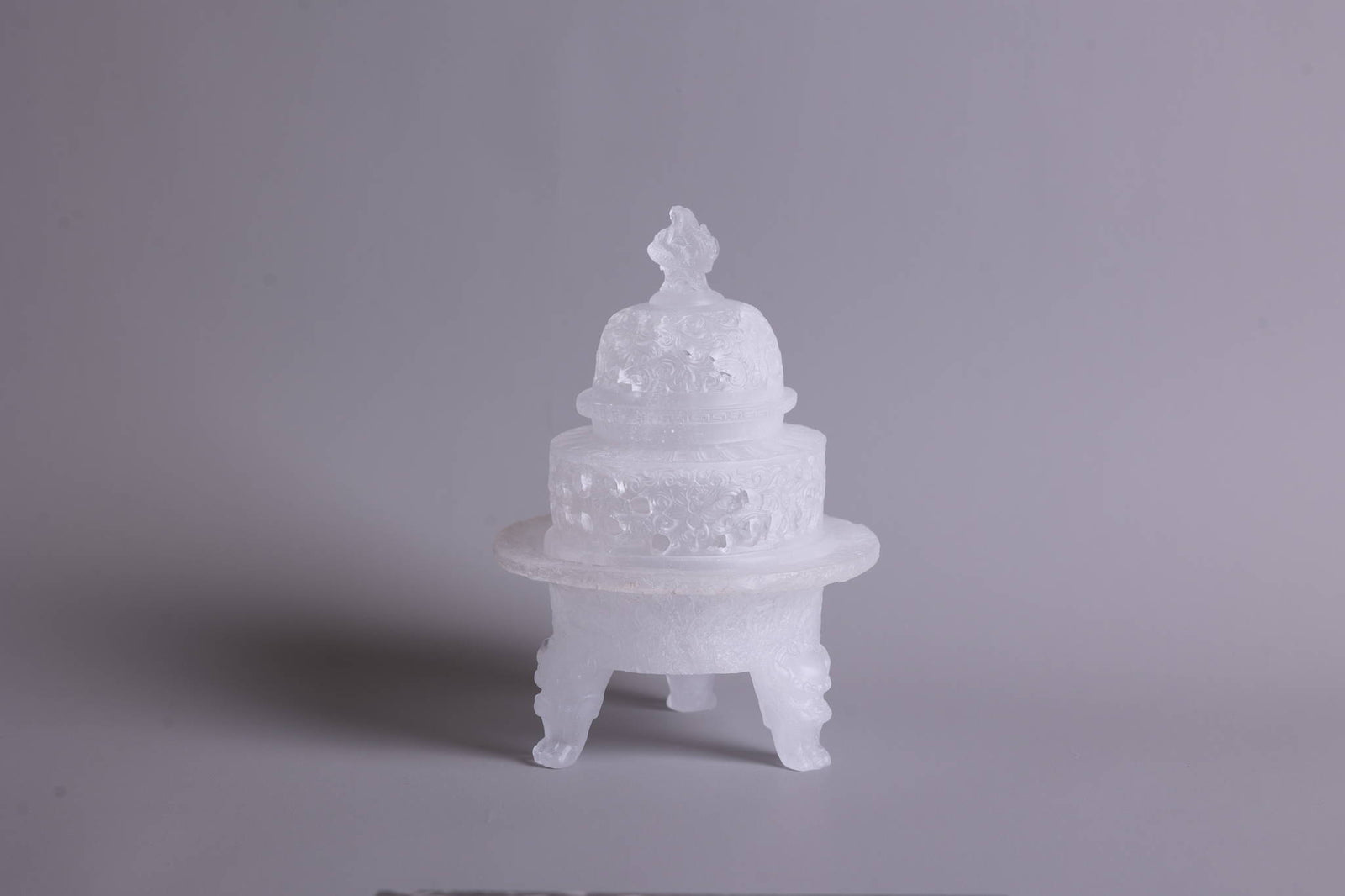As you’re reading this beginners guide for incense, I am guessing that some of you might have seen it at temples or religious ceremonies, others of you might have dabbled with Nag Champa in your more bohemian years, and more likely, you might have smelt an incense burning at a friend’s place, and are curious about what it exactly is. It doesn’t matter what your experience with incense is, this is an introductory guide that starts from the very beginning, and will explain all of the basics to you.
Where does the Name “Incense” come from?
The English word “incense” derives from the Latin word for “to burn”, incendēre.
So in its most basic sense (no pun intended), incense is just different plant materials (or in a small number of instances, animal matter) that are burnt for their fragrant smells. You might have heard of the common incense ingredient sandalwood. For example, burning a piece of sandalwood for its smell is considered burning incense.
Stories of the First Incense
We think that the initial discovery of incense was accidental. Somewhere sometime in the ancient world, men and women used branches, leaves and other parts of plants to light fires, and soon realized that the different plants produced different aromas when burnt. In fact, some plants smelt really nice when they were burning. Over time, they began to use the nice smelling plants more, and mixed them in different combinations for different special occasions. This, was the beginning of incense.
Although we mostly dwell into the history of incense in China here at Kin, and the earliest documented use of incense was in fact in ancient China, incense relics have been found across many ancient civilizations. They are known to be used from Africa in Egypt, to Europe in Greece and Rome, to many parts of Asia, prominently in India, and most certainly all through the Middle East by the Babylonians.
What we know about the use of incense in ancient China, we believe to also be true in other regions in those eras – that they were used for a far wider range of purposes than today. In scope were: divine blessings, healing powers, exotic flavoring, and general vanity – to make the user smell nice and attractive to the opposite sex. As summed up so eloquently by the late Chinese historian Edward H. Schaefer:
“… In the medieval world of the Far East there was little clear-cut distinction among drugs, spices, perfumes, and incense – that is, among substances which nourish the body and those which nourish the spirit, those which attract a lover and those which attract a divinity”
(See this overview of incense use in ancient China)
What is Incense made of?
There are two basic elements to incense: aromatic substances, and a heat source.
The aromatic substance in its “original” or raw form includes a variety of woods, resins, seeds, roots, and sometimes leaves and flowers. In ancient and medieval times, incense tended to be burnt in its raw form, like the sandalwood chips shown below.

In the medieval Chinese palace for example, incense burners would have a top section with a small plate which held wood chips or resins, with a heat source like burning charcoal underneath.
Even today, wood chips called bakhoor, burnt over charcoal, are the preferred form for incense in most Arab countries. Although for variety and affordability reasons, these chips have been dipped in essential oils and mixed with other fragrant ingredients. (High quality, raw fragrant wood chips are extremely expensive today.)
In most of the rest of the world, incense today tends to be in the form of pastes or powders, made into shapes like sticks. The pastes or powders are made from a mixture of aromatic substances ground up from their raw form, with a binding agent added. (For those interested, you can refer to this article for more details of incense blends and recipes.)
The incense stick, cones and coils can then be directly lit. We will go into more details on the various shapes of incense below.
Types of Incense
Incense Sticks – With Center/Core
The earliest stick shaped incense appeared in China in the Ming Dynasty (1348-1644), and has become the most popular form of incense in use today. Sometimes incense sticks are referred to as “joss sticks”, although this is mostly used in the context of cheaper sticks burnt in large numbers for temples, shrines or other public events.
There are in fact two broad types of incense sticks available on the market today, one with a center or a core, and one without.
The type with a center is seen as more Indian in its origin and associations, although it is also used in parts of China. The widespread Nag Champa incense is almost always made with a bamboo core. Centered incense is made by dipping a thin bamboo stick into waters, essential oils and incense powders in layers. The final incense stick is thin at the bottom, where the bamboo stick is bare, and thick in the body, where the incense mixture has covered the stick.
Some people do not like the smell of the bamboo stick burning, so high quality cored-incense sticks might have a sandalwood stick center.

Incense Sticks – Without Center
The type without a center is the one more commonly used in China, and almost exclusively through Japan and Tibet. It is made simply by rolling the incense paste into a stick shape, and allowing it to dry. This is the type of incense sticks we sell, and they look like the image below.

For those of you interested, you can find detailed instructions on how to light and put out stick incense here.
Other Common Forms of Incense
The powder or paste used to make incense sticks can also be made into other shapes. The shapes listed below are less common but still fairly widely available:
Coil incense:
A round, spiral shaped incense commonly used in China, most of the time associated with insect/mosquito repelling incense

Those of you who have travelled to certain temples in Hong Kong may have seen a special type of coil incense which opens up to be a cone spiral

Cone incense:
Created in Japan in the 1800s, also widely adopted by the Tibetans. The Tibetan cones have evolved to be quite a bit larger than the Japanese versions (image below shows a size closer to Tibetan cones)

Backflow incense cone:
A variation of the usual cone, where a hole made at the bottom and through the center allows the incense plume to flow downwards (in every other type of incense the smoke flows upwards)

At Kin, we stock a range of incense sticks and backflow incense cones, including many which are handmade in small scale studios.
Incense powder
Incense powder can also be burnt without being formed into any sticks, cones, coils or other shapes. This is the traditional Chinese practice of zhuag xiang (篆香) or yin xiang (印香), which literally translates into creating an incense seal or incense stamp from incense powder. It is also sometimes referred to as an incense trail in English. For those who are curious, you can read more about burning incense powders here.

Incense Uses
Incense today is still widely used in religious ceremonies all across the world. In China, almost all temples and shrines have large incense burners, and visitors will burn incense as part of their prayers. Many people also burn incense to honor their ancestors, for the opening of new stores, businesses, or moving into new homes.
Many people find the act of lighting, watching and smelling an incense calming. So it is widely used to accompany meditation practices all across the world, or other relaxation activities such as drinking tea or reading.
But more and more incense has been re-integrated into “normal” aspects of modern lives. Many of our friends (and of course us!) use incense as home fragrance, and light a few incense sticks (or cones) a day just to have the smell in their home. When not in use, incense burners are also often great home accent pieces for the shelves or coffee tables.
I mentioned at the beginning that this is a beginner’s guide. Did it answer all your questions? If there are other areas you’d like to find out more about, leave a comment below! Please also spend a moment or two to browse our range of incense and incense holders, or leave your email to find out more about incense.






Leave a comment (all fields required)